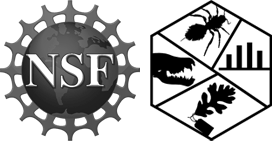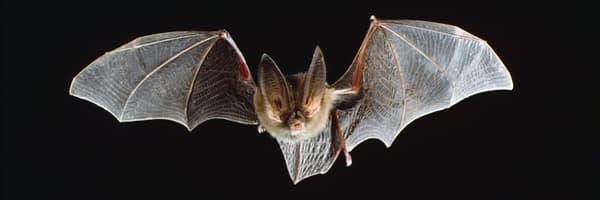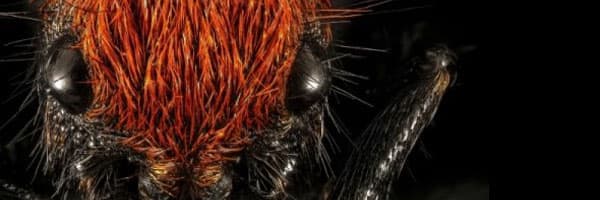
![]() Target Audience: 6th-8th Grades
Target Audience: 6th-8th Grades
 Utah SEED standard 6.4 and NGSS MS-LS2, as well
as, DOK levels 1-4 and ELA Common Core Standards.
Utah SEED standard 6.4 and NGSS MS-LS2, as well
as, DOK levels 1-4 and ELA Common Core Standards.

Engage your students in evaluating the impacts of ecosystem change on resource availability critical to animals’ diets. Students will examine how adaptable the diet of bats – critical to healthy ecosystems all over the world - are in responding to changes in their food sources – insects! Students will explore the phenomenon through virtual dissections of bat stomach contents to learn what different species of bats eat. Led by a research scientist who studies bats, they will use museum collections to gather data as they compare and analyze the diets of several bat species. Their research will help them figure out which bat populations are likely to survive, thrive or decline as a result of changes in insect populations.

Students will research the factors that drive a unique phenomenon in ecosystems - mimicry! They will explore and conduct research to determine the factors a predator uses to choose - or AVOID - prey. Guided by museum scientists and using the same methods they use, students will build new, transferrable understandings of this relationship dynamic and the impact on mimics in the midst of biodiversity and range changes within the ecosystems they live in.

Students examine the role of fungi as decomposers in the matter cycle. With engaging interactives they will study the factors that drive faster rates of decomposition and how human activities impact these ecosystem services.

Students work with forestry land managers and scientists to evaluate and support aspen forest populations. Engaging interactives will promote observation skills and draw out prior knowledge as students learn how to assess the health of aspen forests. They will gather their own evidence and use the USDA's guidelines for Aspen Restoration to develop recommendations for their chosen study site.
![]() It’s free!
It’s free!
![]() Full access to all investigations and their activities.
Full access to all investigations and their activities.
![]() Instructional Guides, Research Assistant Notebooks, and more for each investigation.
Instructional Guides, Research Assistant Notebooks, and more for each investigation.
![]() Assessment rubrics for student learning
Assessment rubrics for student learning